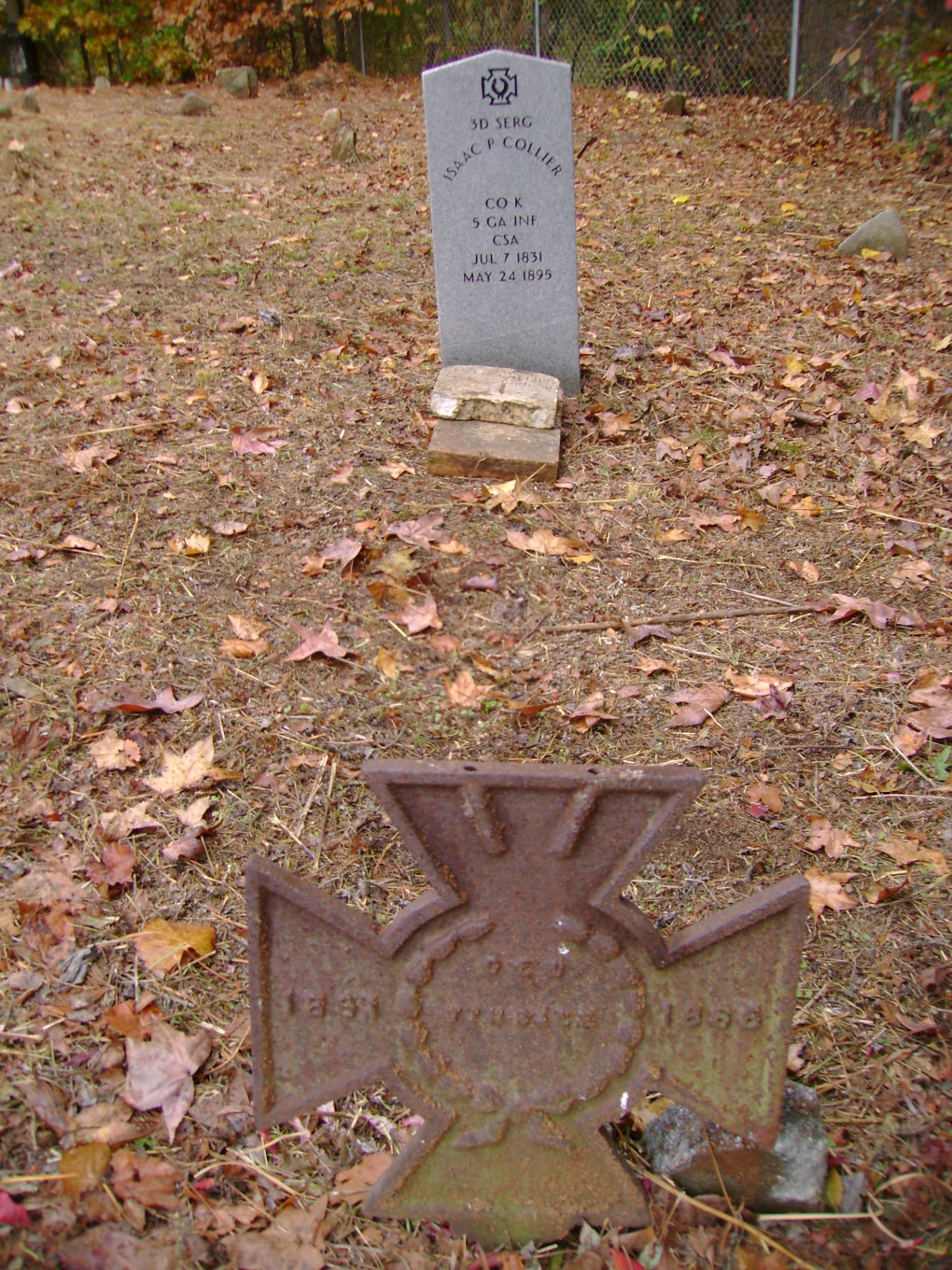Originally posted June 18, 2020

James Lester Collier was born 10 May 1918 Near Center City, Mills County, Texas and died 26 January 1945 Mindanao, Philippines. He was the fifth child born to Hardy Ransom (Vines, Robert, Efford, Isaac, Hardy, James Lester) and Willie Mason Collier. He grew up near Center City in Mills County, Texas, and graduated from Star High School, Star, Mills County, Texas.
In April 1940 he was living in Abilene, Taylor County, Texas, where he was employed as a bookkeeper by the South Texas Lumber Company.

On 26 March 1941, James Lester enlisted in the United States Army Air Corps and was assigned to the San Angelo Air Corps Basic Flying School at Goodfellow Field, at San Angelo, Tom Green County, Texas, as a pilot trainee. At some point during this training he was washed out of the program, reportedly for being “too big of a dare devil.”

On 5 June 1943 James Lester married Aleen A. Simcik in Tom Green County, and at some point in time shipped out to the South Pacific where he was assigned to the Personnel Section of the 400th Bombardment Squadron (Heavy), 90th Bombardment Group (Heavy), of the Army Air Corps’ 5th Air Force.

On 18 October 1944 he wrote a letter to his older sister Mable: “Somewhere in New Guinea. Landed safely and I really was glad to get back on land again.” He also stated that when he got there he “received twenty-three letters so all I done this morning was read letters, write some, and watch it rain.”
In another letter to Mable on 23 January 1945, that was posted on the 25th, he wrote: “In the future send my mail to APO 321, the rest of the address is the same. I hope I have some mail there a short time after I get there.”
What he didn’t, and couldn’t say, was that his unit was moving to a base they were opening in the San Jose area, Mindoro, Philippines. On 26 January 1945 Staff Sergeant James Lester Collier boarded a B24 Bomber (J Model, Serial Number 44-41254) along with Lt Truesel’s crew, as a passenger. The plane crashed on the island of Mindanao, Philippines.

In a letter that he wrote on 30 April 1970, the only crash survivor stated: “We crashed near Cantilan, Mindanao. One of the guerilla soldiers that found the wreckage came to the U.S. a few years ago. I knew him pretty well before I left there. Due to my physical condition at the time I was unable to tie everything together and he really was able to tell me much that I did not find out at the time. We crashed about twenty miles inland on the north slope of a Mt. Maharo. The weather was very bad and the Japanese did not see or hear the crash I guess. The guerilla soldiers arrived at the scene first and buried all in a common grave. Later as you know they were reburied in St. Louis, MO. This man also supervised the removal of the bodies from the common grave. I hid from them as well as the Japanese for a few days. I later went to a farm house and they got me to the guerilla army, who had a Doctor and medicine.”
On 10 February 1950, Staff Sergeant James Lester Collier along with seven other victims of the plane crash were reinterred in a common grave at the Jefferson Barracks National Cemetery outside of St. Louis, Missouri.



A big “Thank You” to Bobby Carter, nephew of James Lester Collier, for providing this post.
















Salute!!